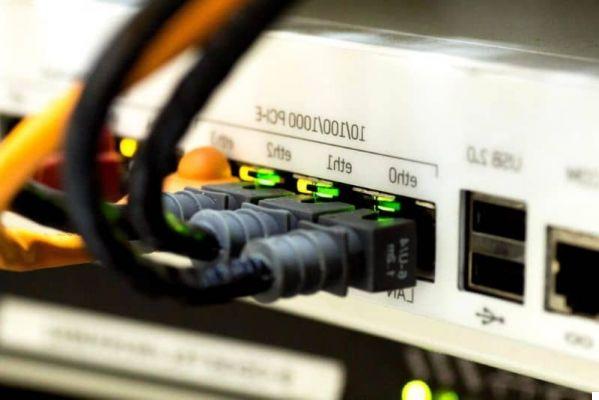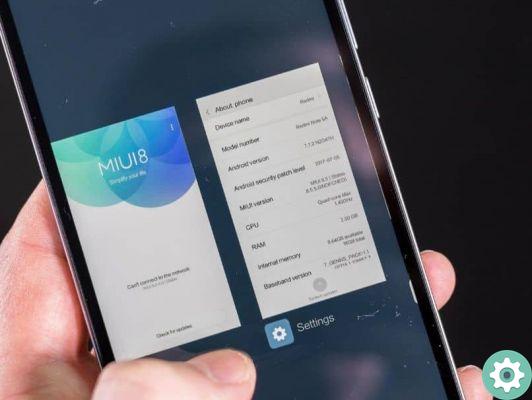Using the Internet establishes communication between computers and other components. For networks to work properly, they are required protocols such as IPv6, which specify the method for sending and receiving data. This is why it is worth asking what the IPv6 protocol is, what is it for and how does it work?
If you are interested in the history of the Internet and networks, then you must learn what the World Wide Web is and how it works, a protocol that would represent a revolution for the world we live in today.
On the other hand, although today we will talk about the IPv6 protocol, it would be very convenient for you to know what the TCP / IP protocol is and what it is for, before you start reading the information below.
What is the IPv6 protocol, what is it for and how does it work?
In order for the data transfer to take place, the IPv4 protocol acts as a transmission manager to ensure the sending of data packets. However, it had limitations in providing 32-bit addresses, which is why IPv6 has emerged for the purpose of serving users.
Next, we will show you major ones details over IPv6, an important protocol that managed to improve on its IPv4 predecessor in terms of security and efficiency. On the other hand, if you want to know what IPv4 protocol is and what it is for, we also have a guide for it.
What is the IPv6 protocol, what is it for and how does it work?" src="/images/posts/512d804fbcca61b86f91d033f58934af-0.jpg">
What is the IPv6 protocol?
IPv6 is a new version of the Internet Protocol that it was created for ensure the sending and receiving of data packets using 128-bit space. It is considered the successor of IPv4 which was running out of space in the network and with this limitation could not provide all users.
In fact, IPv6 arrived in 2012 as an excellent strategy to effectively respond to the IPv4 problem. IPv6 has exceeded user expectations as it managed to provide more security and efficiency than its predecessor.
What is the IPv6 protocol used for?
The IPv6 protocol serves to satisfy all users who need an IP address on the network. Furthermore, IPv6 has been created with improvements. This protocol efficiently handles data packets with a simpler header than IPv4 and guarantees greater safety on the network against possible attacks.
IPv6 can host millions of different addresses. These have a much more complex structure than IPv4. Another peculiarity of the new IPv6 addresses is that they are formed with long combinations of numbers and letters (hexadecimal format). This quality provides greater security because attackers cannot easily decrypt addresses.
How does the IPv6 protocol work?
Initially, the IPv6 protocol consists of 128 bits, the same as 8 16-bit hexadecimal fields separated by colons. The first 40 bits of the packet have the header with the source and destination addresses. Since IPv6 works in conjunction with Ipv4, a transition mechanism.
The mechanism of tunneling or transition creates IPv6 packets which are then compressed into IPv4 packets. Subsequently, the reverse process occurs. This is done with the aim of communicating computers that have IPv6 with those that have an IPv4 network.
Different types of addresses
IPv6 creates addresses that can be unicast, multicast o anycast. Unicast uses an interface only for an IPv6 node. Multicast identifies multiple interfaces for processing a multicast group. Finally, with anycast they are assigned to multiple nodes so that the packet is delivered to the closest node.
Therefore, IPv6 mapping is done by interfaces rather than nodes. Each interface requires at least one unicast address. So IPv6 routing is based on matching the highest prefix and redirecting with ICMP. The IPv6 protocol performs efficient routing through static routes.
What is the IPv6 protocol, what is it for and how does it work?" src="/images/posts/512d804fbcca61b86f91d033f58934af-1.jpg">
Use of static routes
Le static routes they allow packets to travel over particular routers to reach their destination. These routes often prefer the routing protocols they learned earlier. The static route has the IP address of the router and the prefix to route.
In this way, the IPv6 protocol assigns a numeric key for identify the website and signals the connection point where a request is made to provide a response.
And in general, this is how the IPv6 protocol works. On the other hand, if you want to know more about the history of the Internet, we recommend that you find out what Arpanet is and what it is for.


























